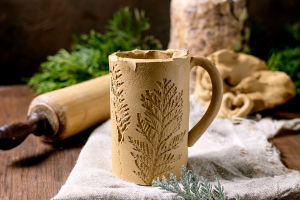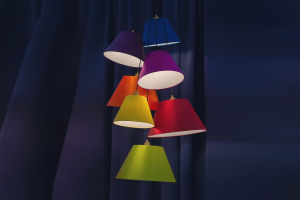
Hand-made ceramics offer an artistic and fulfilling way to express creativity.
The process involves a combination of traditional techniques and modern approaches to create beautiful, unique pieces.
Whether you're crafting functional items like mugs or purely decorative art, here are essential tips to guide you on your ceramic journey!
1. Choose the Right Clay for Your Project
The type of clay you use impacts both the texture and final look of your artwork. Beginners often opt for earthenware or stoneware clay as they are more forgiving and easier to shape. Stoneware is perfect for creating both functional pieces and sculptures due to its smooth finish. Porcelain, on the other hand, is known for its delicate nature and requires more skill and attention. Research your clay type’s firing temperature and how it reacts to glazes before starting.
2. Master the Hand-Building Techniques
While pottery wheels are popular, hand-building techniques provide a personal touch to ceramics. Pinch pots are ideal for beginners, offering a simple way to create small, rounded vessels. For more intricate designs, coil building or slab building techniques allow for greater flexibility. With coils, you can create textured pieces like vases or pots, while slab construction is useful for creating more angular forms like trays or tiles.
3. Understand the Importance of Proper Drying
Drying your pieces properly is crucial to avoid cracking and deformation. After completing a project, allow your clay to dry slowly and evenly by covering it with plastic to control moisture. Avoid direct heat or sunlight, as this can cause uneven drying. Once your work is leather-hard, it is ready for carving or further shaping. Once fully dry, the piece is ready for the first firing.
4. Glazing Techniques: Less is More
Glazing not only enhances the beauty of your ceramics but also adds durability. When glazing, apply thin, even coats of glaze to avoid pooling and drips. For a matte or satin finish, look for low-fire glazes, which will give your pieces a soft, subtle sheen. To achieve a glossy finish, go for high-fire glazes. Experiment with layering different glazes to create one-of-a-kind effects, but be cautious of how they interact.
5. The Firing Process: Know Your Kiln
The firing process is where your ceramic piece comes to life. Firing transforms the clay into a hardened material that can endure everyday use. The two primary firing stages are bisque firing and glaze firing. Bisque firing hardens the clay and prepares it for glazing.
After glazing, pieces undergo a glaze firing, which melts the glaze and bonds it to the surface. Understanding your kiln’s firing temperature is essential for getting the best results. Be mindful of the kiln's capacity and ensure that the pieces do not touch, as this can cause unwanted marks.
6. Personalizing Your Pieces
Adding unique designs and textures will make your ceramics stand out. Carve intricate patterns into your work using special tools like loop tools or wire brushes. Textured surfaces can be achieved by using stamps, lace, or even leaves to press patterns into the clay before firing. Incorporating hand-painted details or decals after glazing adds additional flair and personality to your ceramics.
7. Safety Considerations
Working with ceramics involves using materials and tools that require safety precautions. Always work in a well-ventilated area to avoid inhaling dust, especially when sanding or using dry clay. Wear protective gloves and a dust mask when handling powdered glazes or during the firing process. Store your glazes and chemicals properly, and ensure that they are labeled and sealed. Regular cleaning of your tools and workspace will keep everything safe and efficient.
Hand-made ceramic art is an exciting, rewarding endeavor that combines craftsmanship and creativity. By following these tips and refining your techniques, you can produce stunning pieces that reflect your individual style and artistic expression. Whether you're making functional objects or artistic sculptures, the world of ceramics offers endless possibilities for personal growth and artistic satisfaction!
Basics of Ceramics Clay Stages, Storage, Handbuilding Tools and Clean Up
Video by Clay Corner Studio


